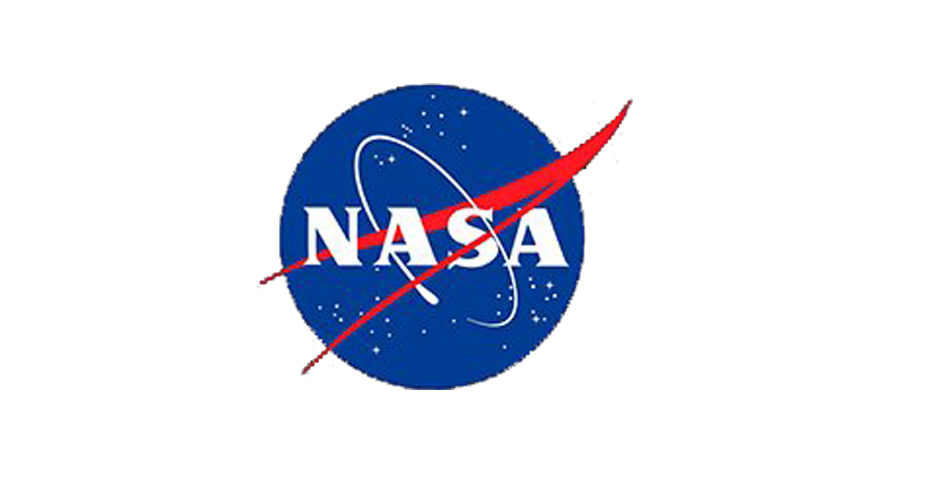Launched 20 years ago, NASA’s Cassini spacecraft now has less than 20 days for its mission-ending dive into the atmosphere of Saturn.
Its fateful plunge on September 15 is a foregone conclusion — an April 22 a gravitational kick from Saturn’s moon Titan placed the two-and-a-half ton vehicle on its path for impending destruction, NASA said.
Advertisement
“The Cassini mission has been packed full of scientific firsts, and our unique planetary revelations will continue to the very end of the mission as Cassini becomes Saturn’s first planetary probe, sampling Saturn’s atmosphere up until the last second,” said Linda Spilker, Cassini project scientist from NASA’s Jet Propulsion Laboratory in Pasadena, California.
“We’ll be sending data in near real time as we rush headlong into the atmosphere — it’s truly a first-of-its-kind event at Saturn,” Spilker said.
Cassini’s imaging camera will be off during this final descent, having taken a last look at the Saturn system the previous day, September 14.
The spacecraft is expected to lose radio contact with Earth within about one to two minutes after beginning its descent into Saturn’s upper atmosphere.
But on the way down, before contact is lost, eight of Cassini’s 12 science instruments will be operating.
In particular, the spacecraft’s ion and neutral mass spectrometer (INMS), which will be directly sampling the atmosphere’s composition, potentially returning insights into the giant planet’s formation and evolution.
On the day before the plunge, other Cassini instruments will make detailed, high-resolution observations of Saturn’s auroras, temperature and the vortices at the planet’s poles.
“The end of Cassini’s mission will be a poignant moment, but a fitting and very necessary completion of an astonishing journey,” said Earl Maize, Cassini Project Manager at NASA’s Jet Propulsion Laboratory in Pasadena, California.
The Cassini-Huygens mission is a cooperative project of NASA, ESA (European Space Agency) and the Italian Space Agency. Launched in 1997, Cassini arrived at Saturn in 2004.
As Cassini completes its 13-year tour of Saturn, its Grand Finale — which began in April — and final plunge are just the last beat.
Following a four-year primary mission and a two-year extension, NASA approved an ambitious plan to extend Cassini’s service by an additional seven years.
Called the Cassini Solstice Mission, the extension saw Cassini perform dozens more flybys of Saturn’s moons as the spacecraft observed seasonal changes in the atmospheres of Saturn and Titan.
From the outset, the planned endgame for the Solstice Mission was to expend all of Cassini’s maneuvering propellant exploring, then eventually arriving in the ultra-close Grand Finale orbits, ending with safe disposal of the spacecraft in Saturn’s atmosphere.
“The Grand Finale represents the culmination of a seven-year plan to use the spacecraft’s remaining resources in the most scientifically productive way possible. By safely disposing off the spacecraft in Saturn’s atmosphere, we avoid any possibility Cassini could impact one of Saturn’s moons somewhere down the road, keeping them pristine for future exploration,” Maize added.











